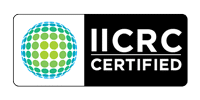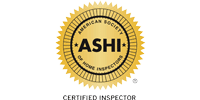
Environmental Testing in Irvine, Orange County, CA
Guaranteed Property and Mold Inspection Certified Environmental Testing in Irvine, Orange County, CA

Irvine, Orange County, CA
Allergen Assays
Sensitivity to indoor allergens poses a worldwide health problem to large segments of the population and is relevant from early childhood to adulthood. Biological contaminants include bacteria, viruses, animal dander, and cat saliva, house dust, mites, cockroaches, and pollen.

Irvine, Orange County, CA
Formaldehyde Testing
Formaldehyde is a colorless, flammable, strong-smelling chemical that is used in building materials and to produce many household products. When formaldehyde is present in the air at levels exceeding 0.1 ppm, some individuals may experience adverse effects such as watery eyes, burning sensations in the eyes, nose, and throat, coughing, wheezing, nausea, and skin irritation.
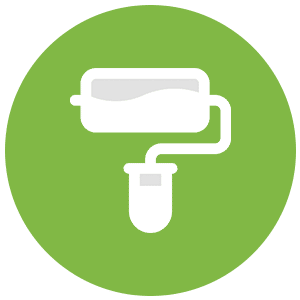
Irvine, Orange County, CA
Lead Paint Testing
Lead paint was banned from residential use in 1978. Effective 10/1/10, the EPA requires special lead dust protection procedures by contractors while renovating homes built before 1978.

Irvine, Orange County, CA
VOC Testing
Volatile organic compounds (VOCs) are emitted as gases from certain solids or liquids. VOCs include a variety of chemicals, some of which may have short- and long-term adverse health effects. Concentrations of many VOCs are consistently higher indoors (up to ten times higher) than outdoors. VOCs are emitted by a wide array of products numbering in the thousands.
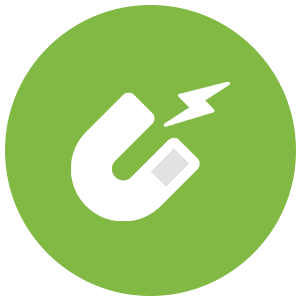
Irvine, Orange County, CA
EMF Testing
Electromagnetic Fields (EMFs) are classified as possible carcinogens. Studies have concluded an association with childhood leukemia, adult cancers and miscarriages, and low EMF levels in residential homes (above 4 milliGauss).
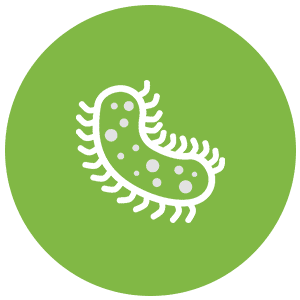
Irvine, Orange County, CA
E.COLI Testing
Specific types of coliform bacteria may be tested after a total coliform bacteria test is positive. These subgroups of coliform bacteria include fecal coliform and Escherichia coli or E. coli. Confirmation of fecal coliform bacteria or E. coli in a water system indicates recent fecal contamination, which may pose an immediate health risk.

Irvine, Orange County, CA
Coliform Testing
Coliform bacteria are often referred to as "indicator organisms" because they indicate the potential presence of disease-causing bacteria in water. Their presence indicates that a contamination pathway exists between a source of bacteria (surface water, septic system, animal waste, etc.) and the water supply. Disease-causing bacteria may use this pathway to enter the water supply.
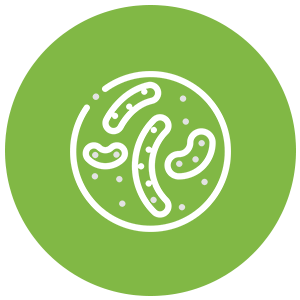
Irvine, Orange County, CA
Legionella Testing
Legionnaires' disease doesn't spread from person to person. Instead, the bacteria spreads through the mist, such as from air-conditioning units for large buildings. Symptoms may be cough, fever, chills, shortness of breath, muscle aches, headaches, and diarrhea.

Irvine, Orange County, CA
Water Quality Testing
Water quality is a term used to describe the chemical, physical, and biological characteristics of water, usually in respect to its suitability for a particular purpose, such as drinking or bathing.
A water quality screen test can be conducted for bacteria, lead, pesticides, nitrates, nitrites, chlorine, hardness, and pH.

Irvine, Orange County, CA
Fecal Contamination Panel Testing
Individual-pathogen monitoring in water is technically achievable but currently unfeasible due to the costs involved and the number of possible pathogens. Since numerous pathogens occur in feces, water is monitored for microbial contamination using indicator organisms such as total coliforms and Escherichia coli.
Frequently Asked Questions
The average on-site inspection time for a single inspector is two to three hours for a typical single-family house. Anything significantly less may not be enough time to perform a thorough inspection.
The inspector should ensure that their inspection and inspection report will meet all applicable requirements in your state, if applicable, and will comply with a well-recognized standard of practice and code of ethics. You should be able to request and see a copy of these items ahead of time and ask any questions you may have. If there are any areas you want to make sure are inspected, be sure to identify them upfront.
If a general home inspector identifies areas that may have actual visible mold or areas of suspected mold, they will most likely red flag the suspect area and consult their client to have the area(s) evaluated further by a properly certified mold inspection firm. If this is the case with your home, do not panic! We can come to your property and provide a site assessment of the areas of concern and confirm whether mold contamination is present or not. If the laboratory returns a report that shows that fungi were not detected during analysis, then we can provide a report stating that the suspect areas do not contain any findings of concern via our investigation and data received by the accredited laboratory. If the laboratory confirms that, in fact, mold contamination is present, then we will provide you with a detailed report which includes a scope of work so you as the client know exactly what to expect for a successful mold remediation/removal. We also can provide our clients with a list of properly certified mold remediation companies.
An asbestos survey is required prior to any demolition or renovation of any structure no matter the year the structure was built. The only exception to the survey requirement is the renovation activity of residential single-unit dwellings (houses) in which less than 100 square feet of the surface area of intact (not damaged) material is removed or stripped. ACAC or Certified Site Surveillance Technician (CSST) is trained to be able to identify homogenous-suspect materials and can presume or assume the material is Asbestos-Containing Material (ACM).
Symptoms related to poor air quality exposure vary from person to person. In most cases, individuals with a weakened immune system, immuno-compromised, autoimmune disorder, asthma, cancer, or allergies show worse exposure symptoms compared to a healthy individual. However, prolonged exposure to mold contaminants and toxins can have adverse health effects on anyone exposed to it. Some exposure symptoms include respiratory distress, coughing, skin rash, sneezing, sinusitis, difficulty swallowing, choking, spitting up (vomiting) mucous, Hypersensitivity pneumonitis, Asthmatic signs; wheezing, shortness in breath, coughing, burning in lungs, etc., Irritable bowel syndrome, nausea, diarrhea, sharp abdominal pains, stomach lesions, Memory loss; brain fog, slurred speech, Thyroid irregularities, Headaches, Chronic fatigue, Reproductive system complications, and Seizures, inadvertent body jerking, twitching.
Each Air Quality test consists of two samples, one from the suspected area, and one base sample from outside to compare the two. General indoor air quality testing duration normally lasts between 10-15 minutes per sample, plus set up a time for equipment. However, if a client would like to determine the prolonged exposure potential to suspected airborne contaminants we also offer a 24-48 hour air monitoring system to show a more accurate depiction of the home's indoor air quality.


